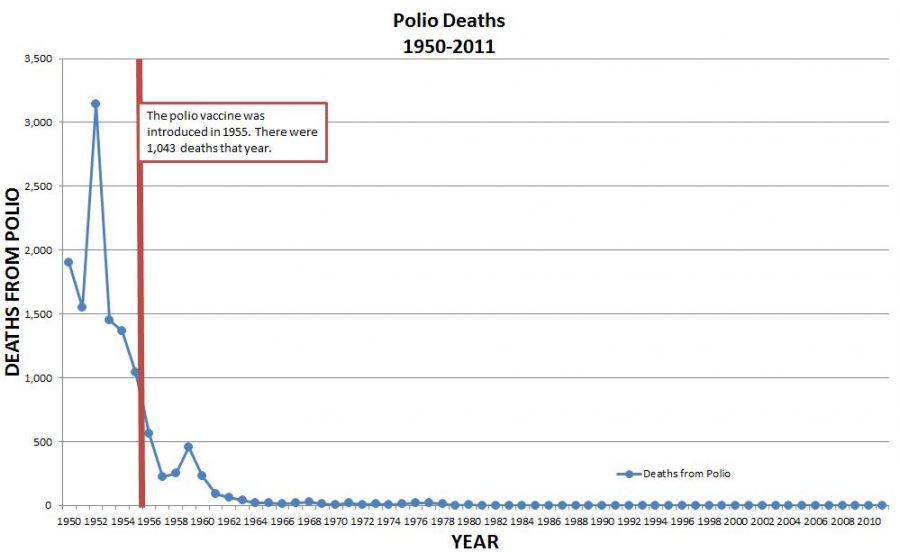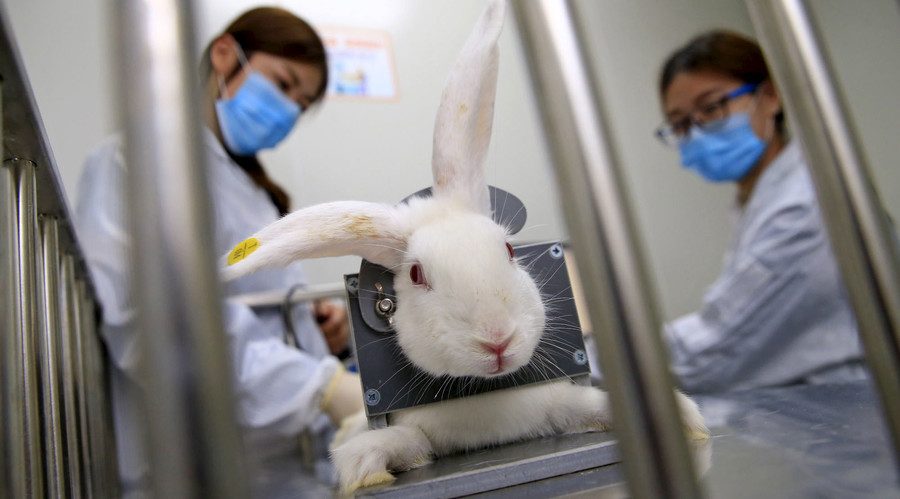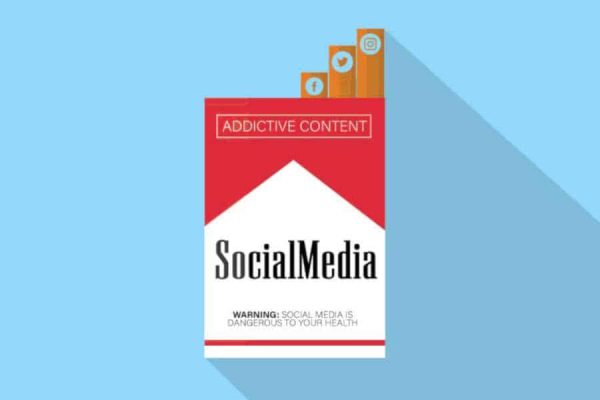Is Animal Testing Cruel?
All across the globe, there is a debate on whether or not scientists should or shouldn’t use animals for finding out more about diseases or finding cures. According to procon.org, “Yearly, 26 million animals are used for this form of research.”
People are divided in their support of animal testing, because there are pros and cons.
One benefit of using animals is that scientists don’t have to risk human life for research. Also, most of the medicines that people use on a daily basis came from animal testing. Medicine is tested on animals first to make sure it will not cause harm to the human body.
Another advantage to animal testing is that it led to the cure for polio. According to understandinganimalresearch.org, “forty years of research using monkeys and mice led to the introduction of the vaccine in the 1950s,” and the vaccine saved millions of lives. Polio is considered to be eradicated worldwide.
 Natalie-ProCon
Natalie-ProCon
But to this ongoing debate, there are also many cons. Many believe animal testing of any kind is cruel and inhumane but still more criticize using animals to test beauty products. For example, rabbits are forced to keep their eyes open by wooden clips in order to test shampoos, according to procon.org. Some monkeys used to test mascara went blind. In any research, the animals can die from carbon dioxide asphyxiation from being in enclosed spaces, broken necks, or decapitation from struggling in their restraints. Researchers and scientists sometimes kill and take organs out of healthy animals to use for tests as well.
Animal testing dates back a long time. According to slate.com, a famous scientist named Ivan Pavlov put a “U” shaped tube inside a dog’s throat that went through his mouth and out his throat so that when he ate, he would never get full. The dog died of starvation. This was in an effort to produce and sell medicine to help with digestion. Pavlov actually won the Nobel Prize for his work on digestion in 1904.
But in the more than one hundred years since then, animal rights activists have stepped in. The 1961 film 101 Dalmatians by Walt Disney helped more people see the dangers in animal experimentation. Today, people throughout the world are activists that tell the world the cruelties of animal testing. Groups such as PETA (People for the Ethical Treatment of Animals), the Humane Society, and the Animal Justice Project have stepped in.
As a result, there are many rules and regulations that help protect animals. For example, there is the Animal Welfare Act (AWA), which sets standards of care for the animals in research facilities. Also, according to procon.org, one rule says that scientists are not allowed to feed animals like birds, rats, and mice to other animals. Farm animals that can be used for food are not allowed to be used for research. The United States Department of Agriculture is responsible for enforcing the AWA and can issue fines and penalties if the AWA is not being followed correctly.
Should animal testing be limited to making life-saving drugs rather than beauty products and household cleaners? Is it worth taking the lives of animals to make better lives for humans? Is it possible to use animals for tests but do so in a painless and compassionate way, or is all animal testing in some way cruel? People will answer these questions differently based on their personal beliefs, but there is no sign of this debate ending anytime soon.







